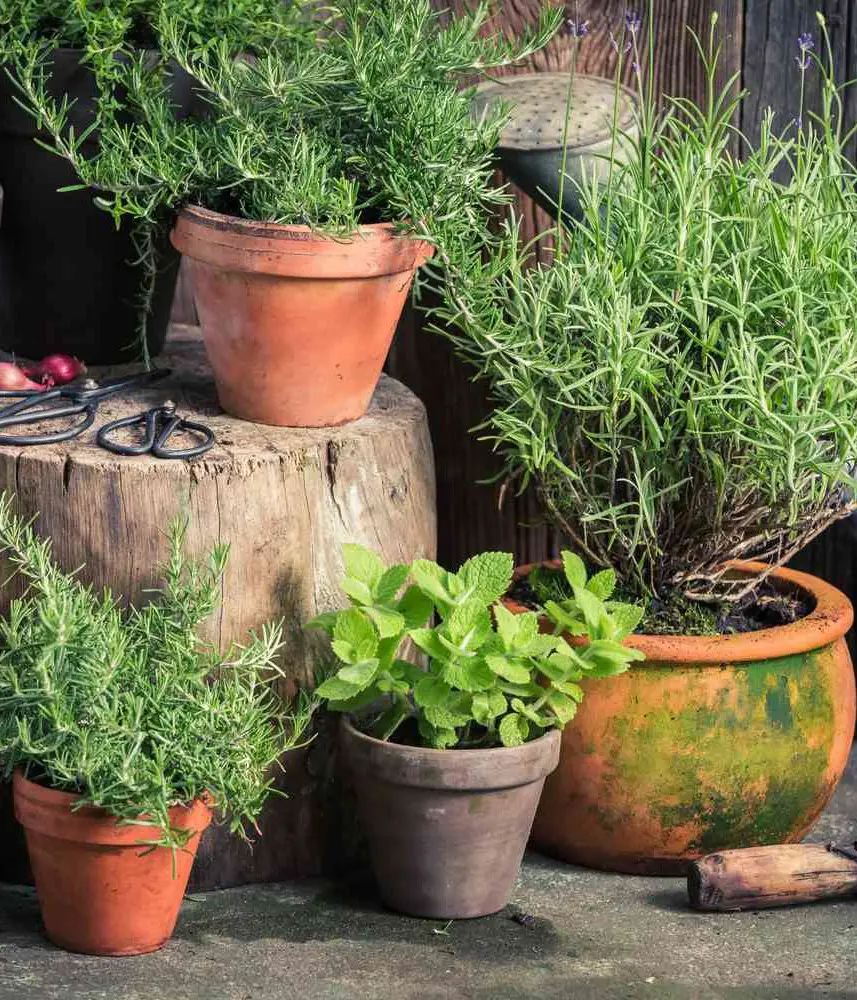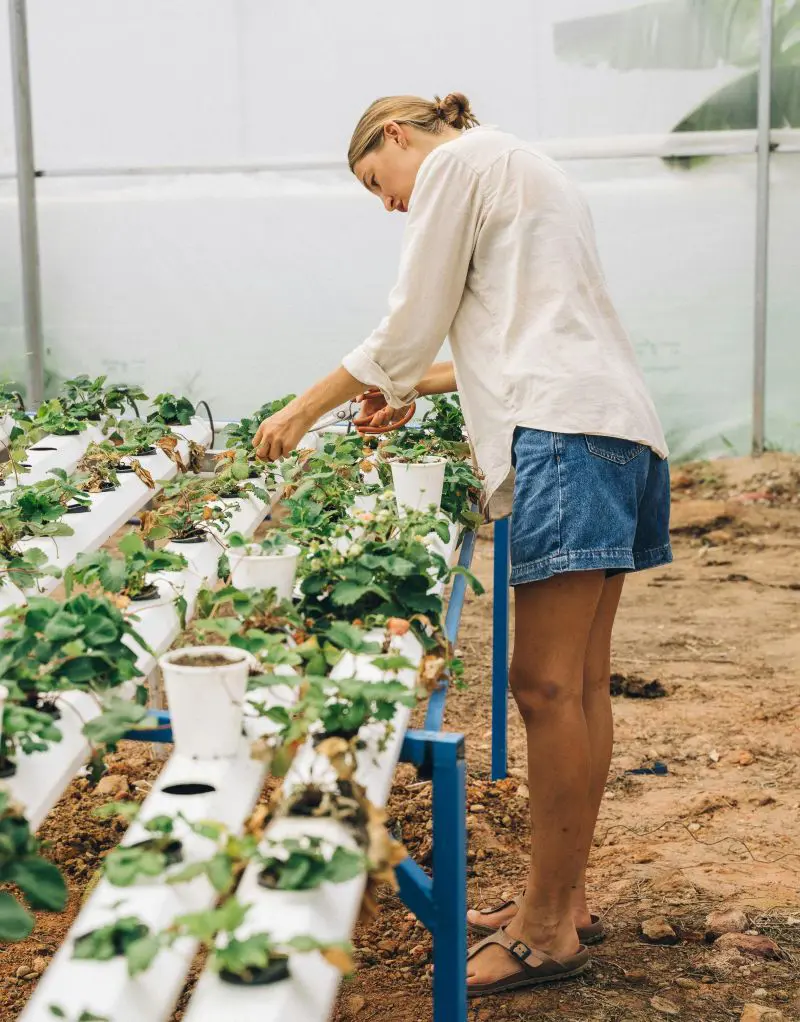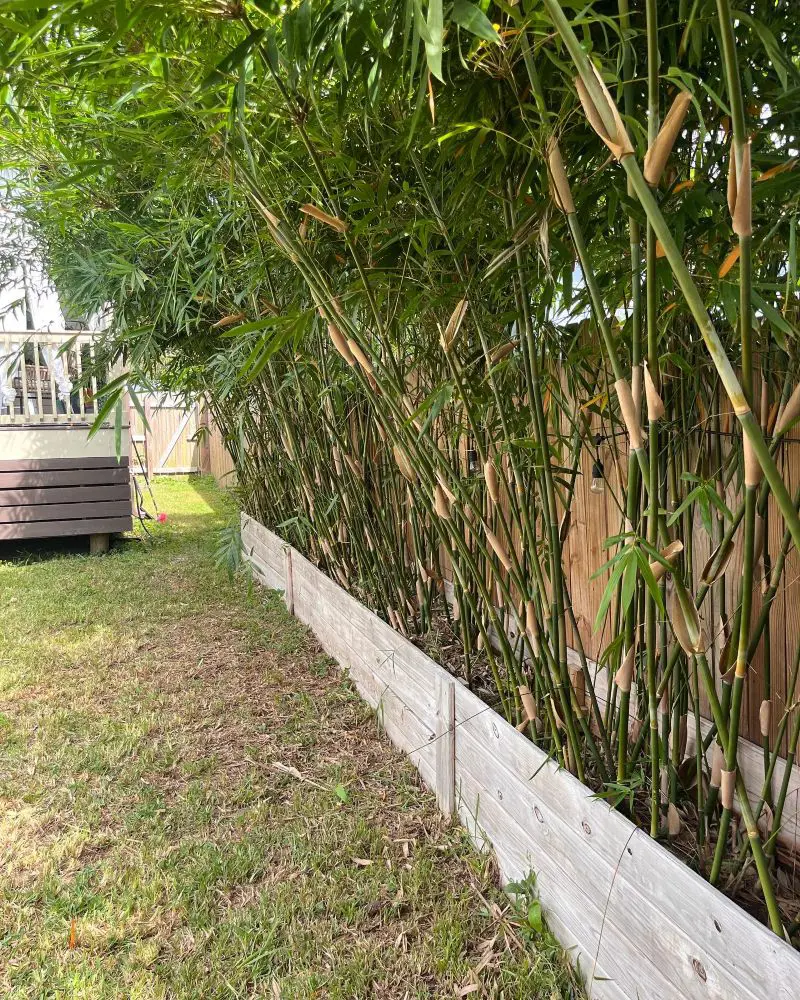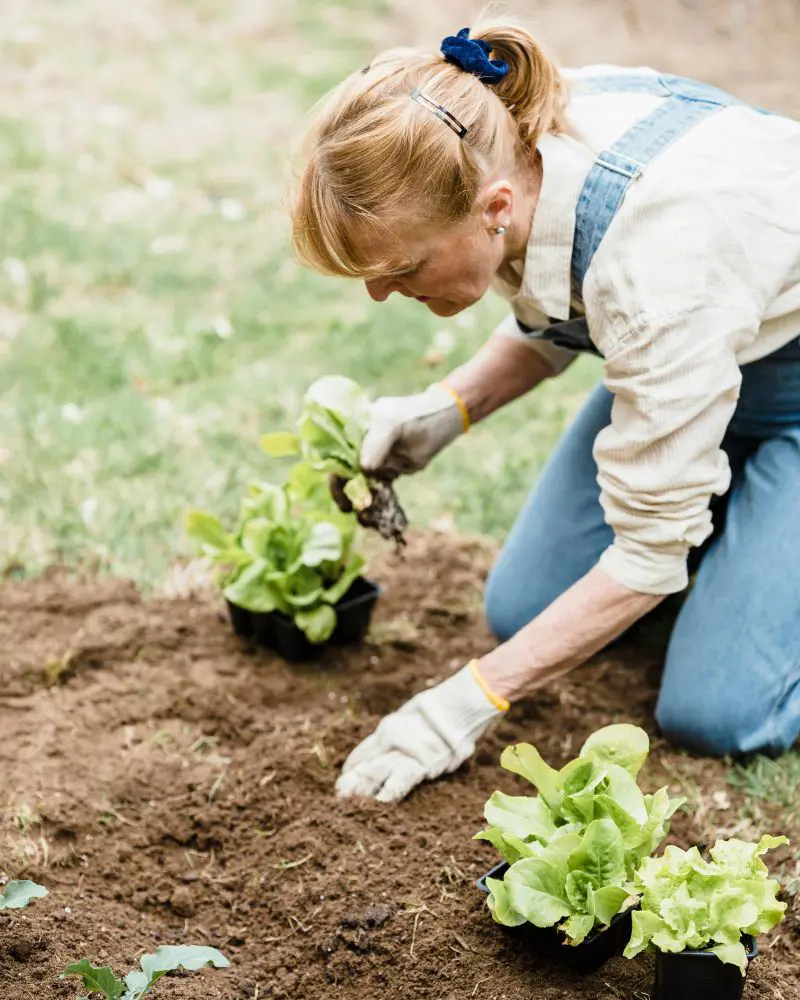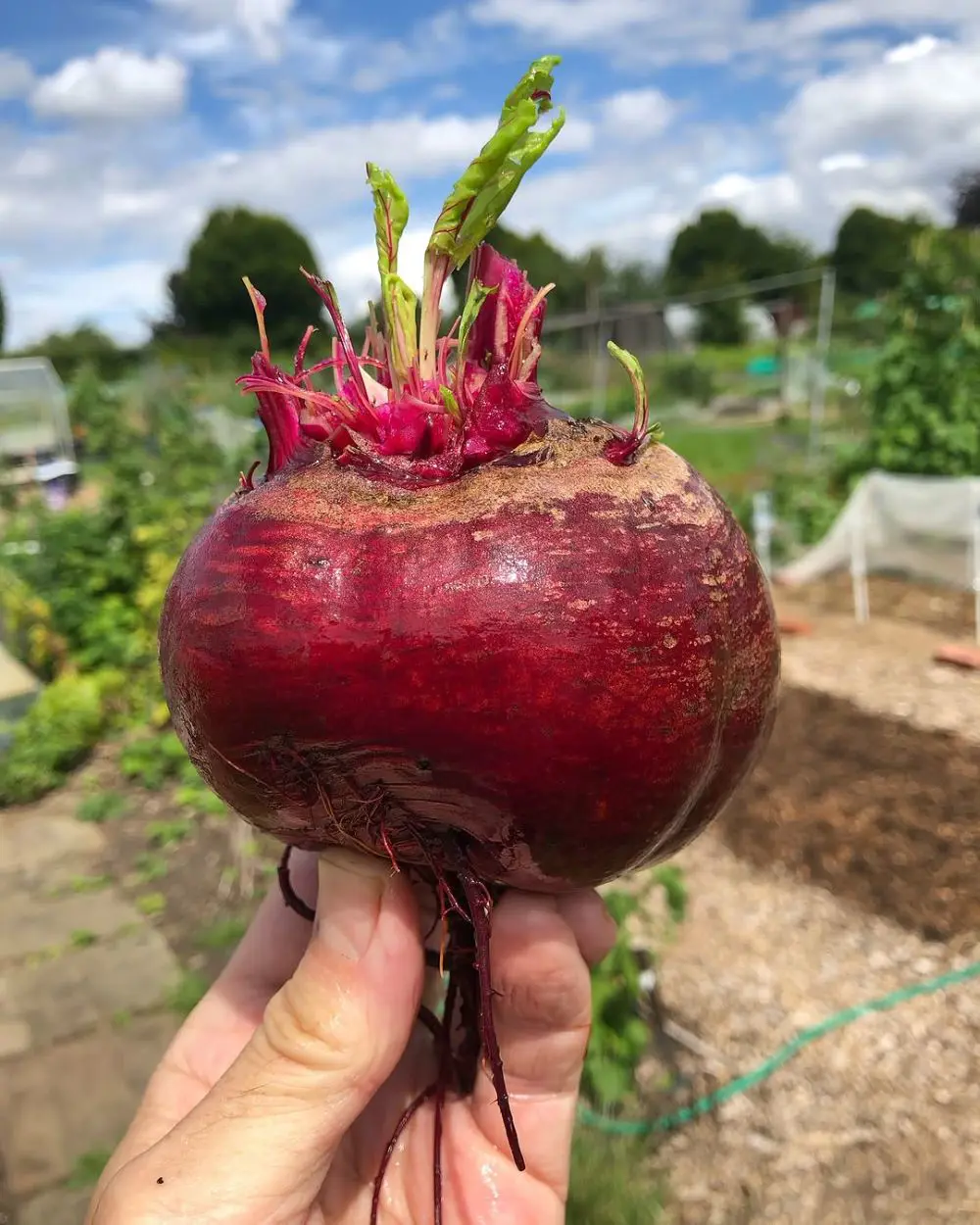Insects can be a nuisance, especially during the warmer months. Instead of relying on chemical sprays, consider integrating insect-repellent plants into your garden.
These natural deterrents not only keep pests at bay but also add beauty and functionality to your outdoor space. Here are 20 plants that can help you maintain a bug-free environment.
1. Basil
Basil (Ocimum basilicum) is an aromatic herb known for its bright green leaves and distinct, sweet fragrance. It's particularly effective at repelling mosquitoes and flies. Basil thrives in warm, sunny locations with well-drained soil.
Besides its insect-repellent properties, basil is widely used in culinary dishes, adding a fresh and peppery flavor to salads, pastas, and pestos. Its beautiful leaves and tiny white flowers also make it an attractive addition to any garden or windowsill.
2. Bay Leaf
Bay leaf (Laurus nobilis) is a hardy evergreen shrub with glossy, aromatic leaves that repel flies, moths, and roaches. It can grow up to 12 meters tall but is often kept smaller in gardens.
Bay leaves are used both fresh and dried in cooking to impart a subtle, earthy flavor to soups, stews, and marinades. The plant prefers a sunny location and well-drained soil, and its dried leaves can also be placed in cupboards and pantries to deter insects.
3. Chives
Chives (Allium schoenoprasum) are perennial herbs with slender, hollow leaves and a mild onion flavor. They repel aphids, Japanese beetles, and carrot flies. Chives grow best in full sun and well-drained soil.
Their purple-pink flowers are not only decorative but also edible, adding a mild onion flavor to salads and garnishes. Chives are a great companion plant, helping to protect other plants in your garden from insect infestations.
4. Chrysanthemums
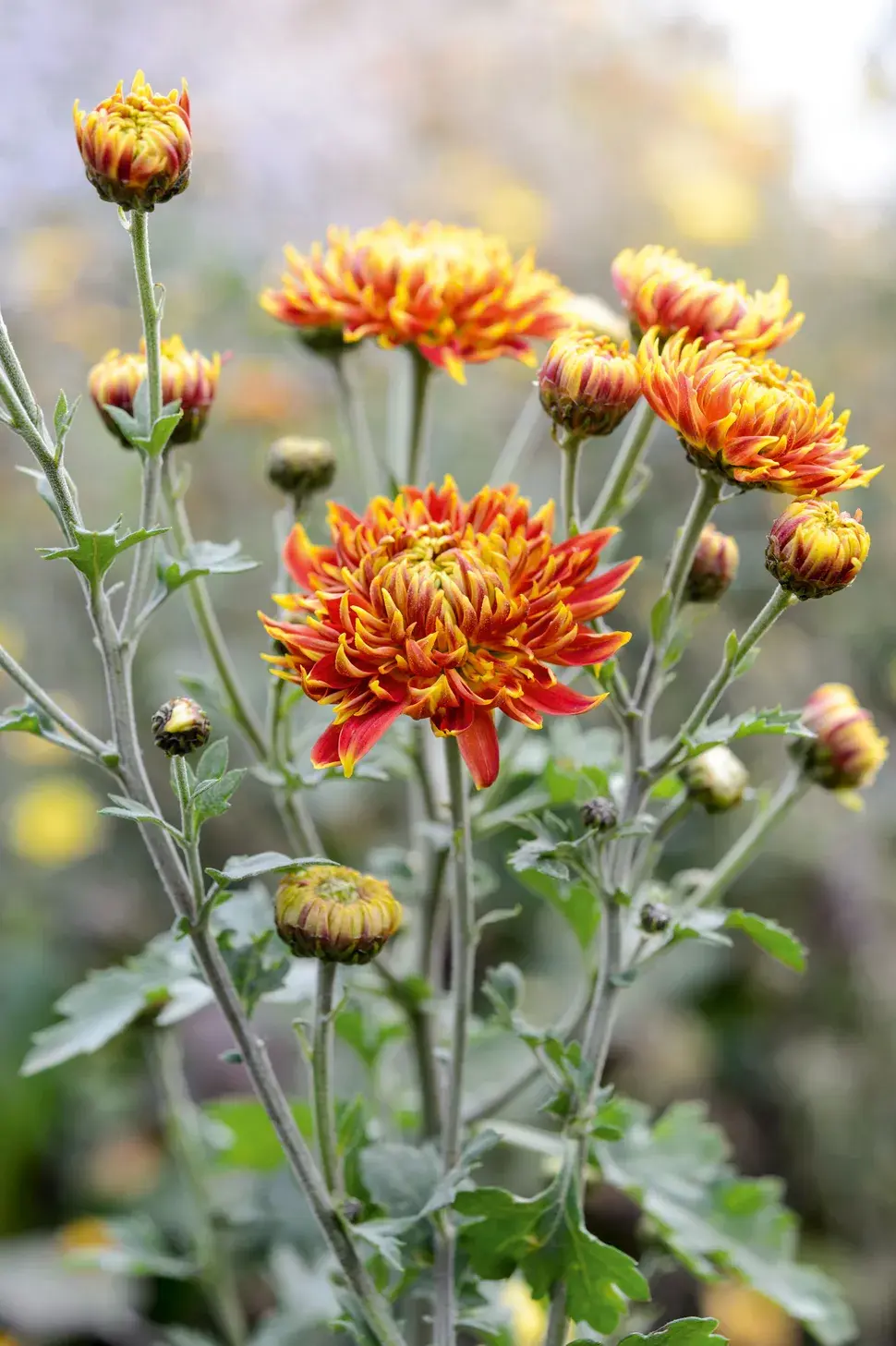
Chrysanthemums (Chrysanthemum spp.) are flowering plants known for their bright, colorful blooms and insect-repellent properties. They contain pyrethrum, a natural insecticide that repels ants, ticks, fleas, and cockroaches.
Chrysanthemums thrive in sunny locations with well-drained soil. Their flowers come in various shapes and colors, including yellow, white, pink, and red, adding vibrant splashes of color to your garden while keeping pests at bay.
5. Dill
Dill (Anethum graveolens) is an aromatic herb with feathery, blue-green leaves and yellow flowers. It repels aphids, spider mites, and squash bugs. Dill grows best in full sun and well-drained soil.
It's a versatile herb used in cooking, especially in pickling and flavoring fish, soups, and salads. Dill also attracts beneficial insects like ladybugs and honeybees, making it an excellent addition to any garden focused on integrated pest management.
6. Garlic
Garlic (Allium sativum) is a bulbous plant known for its strong odor and flavor, which repels mosquitoes, aphids, and Japanese beetles. Garlic is easy to grow, preferring full sun and well-drained soil.
Plant cloves in the fall for a summer harvest. Beyond its insect-repellent properties, garlic is a staple in culinary traditions worldwide, valued for its pungent taste and numerous health benefits, including antimicrobial and antioxidant properties.
7. Geraniums
Geraniums (Pelargonium spp.), especially the citronella variety, are known for their mosquito-repellent properties. Their strong scent also deters other insects like flies and beetles. Geraniums are easy to grow and thrive in sunny locations with well-drained soil.
They come in various colors, including pink, red, and white, making them a popular choice for gardens and hanging baskets. Besides their insect-repellent abilities, geraniums add vibrant color and fragrance to your outdoor space.
8. Lemongrass
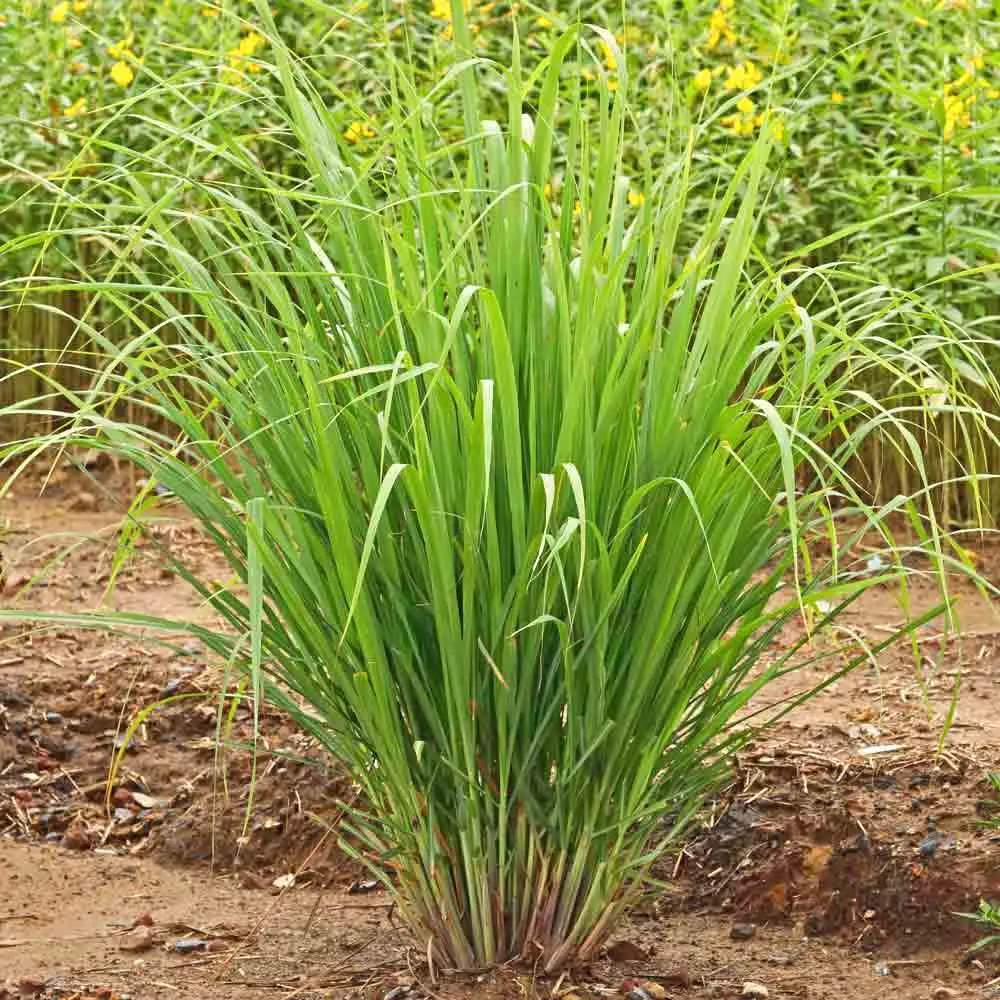
Lemongrass (Cymbopogon citratus) is a tall, perennial grass that contains citronella, a natural oil that repels mosquitoes. It grows well in warm climates and requires full sun and well-drained soil.
Lemongrass can reach up to 4 feet in height, creating a beautiful, fragrant border in gardens. Besides its insect-repellent properties, lemongrass is widely used in culinary dishes, particularly in Asian cuisine, for its fresh, citrusy flavor.
9. Lemon Thyme
Lemon thyme (Thymus x citriodorus) is a hardy perennial herb with small, aromatic leaves and a strong citrus scent that repels mosquitoes. It grows well in full sun and well-drained soil, making it a great addition to rock gardens or as ground cover.
Lemon thyme is also a flavorful herb used in cooking, adding a lemony twist to soups, stews, and marinades. Its tiny pink or purple flowers attract beneficial insects like bees.
10. Marigolds
Marigolds (Tagetes spp.) are annual flowering plants known for their bright orange and yellow blooms and insect-repellent properties. They contain compounds that repel mosquitoes, aphids, and nematodes.
Marigolds thrive in sunny locations with well-drained soil and can be planted as borders around vegetable gardens to protect crops from pests. Their vibrant flowers not only add a cheerful touch to your garden but also attract beneficial insects like ladybugs and predatory wasps.
11. Mint
Mint (Mentha spp.) is a hardy perennial herb with a strong aroma that deters mosquitoes, ants, and flies. It grows vigorously in full sun to partial shade and prefers moist, well-drained soil.
To prevent it from spreading uncontrollably, mint is best planted in containers. Besides its insect-repellent properties, mint is a versatile herb used in teas, culinary dishes, and as a garnish, offering a refreshing flavor and numerous health benefits.
12. Nasturtiums
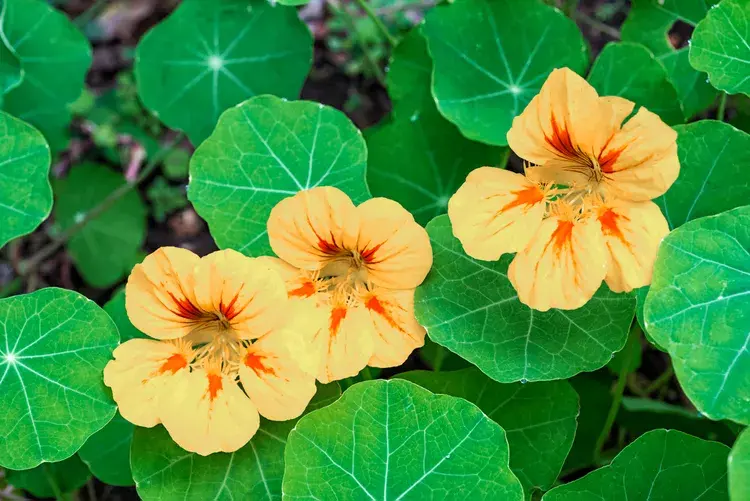
Nasturtiums (Tropaeolum majus) are annual flowering plants with bright, funnel-shaped blooms that repel aphids, whiteflies, and squash bugs. They thrive in full sun to partial shade and well-drained soil.
Nasturtiums can be grown as ground cover or in hanging baskets, adding vibrant colors to your garden. Their leaves and flowers are edible, adding a peppery flavor to salads and garnishes. Nasturtiums also attract beneficial insects like bees and butterflies.
13. Parsley
Parsley (Petroselinum crispum) is a biennial herb that helps deter asparagus beetles and carrot flies. It grows best in full sun to partial shade and well-drained soil. Parsley is widely used in cooking, both as a garnish and as a flavorful addition to soups, salads, and sauces.
The plant's curly or flat leaves are rich in vitamins and antioxidants. Parsley also attracts beneficial insects like hoverflies, which help control aphid populations in your garden.
14. Petunias
Petunias (Petunia spp.) are annual flowering plants known for their vibrant, trumpet-shaped blooms and natural insect-repellent properties. They deter aphids, tomato hornworms, and leafhoppers.
Petunias grow well in full sun and well-drained soil, making them ideal for garden beds, borders, and hanging baskets. Their flowers come in a wide range of colors, including pink, purple, red, and white, adding beauty to any garden while keeping pests at bay.
15. Rosemary
Rosemary (Rosmarinus officinalis) is an aromatic evergreen shrub with needle-like leaves and blue flowers. Its strong scent repels mosquitoes, cabbage moths, and carrot flies.
Rosemary grows best in full sun and well-drained soil and can reach up to 4 feet in height. It's a popular culinary herb used to flavor meats, stews, and roasted vegetables. Rosemary also has medicinal properties, including anti-inflammatory and antioxidant benefits.
16. Sage
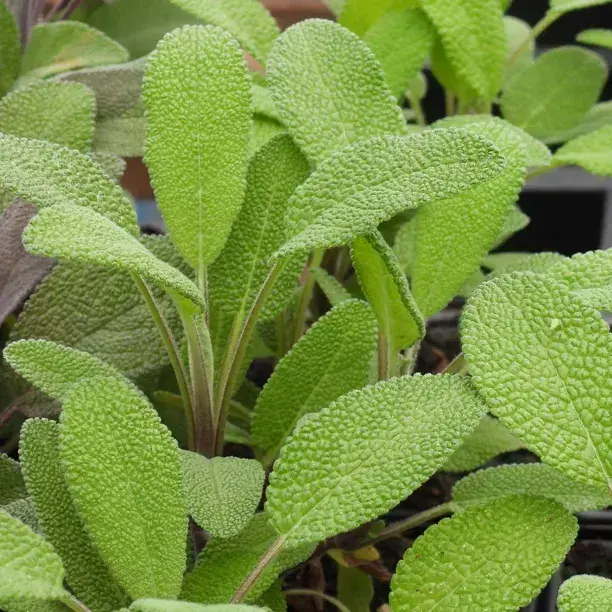
Sage (Salvia officinalis) is a hardy perennial herb with gray-green leaves and spikes of purple flowers. It repels mosquitoes, cabbage moths, and carrot flies. Sage thrives in full sun and well-drained soil and can grow up to 2 feet tall.
It's commonly used in cooking to flavor meats, stuffings, and sauces. Sage leaves can also be dried and used in herbal teas for their medicinal properties, which include digestive and anti-inflammatory benefits.
17. Southernwood
Southernwood (Artemisia abrotanum), also known as wormwood, is a hardy perennial shrub with aromatic, feathery leaves. It repels moths, flies, and fleas. Southernwood grows well in full sun and well-drained soil, reaching up to 5 feet in height.
Its strong scent and attractive foliage make it a great addition to herb gardens and borders. The leaves can be used to make insect-repellent sachets, but the plant should be handled with care as it can be toxic if ingested.
18. Tansy
Tansy (Tanacetum vulgare) is a hardy perennial plant with fern-like leaves and clusters of small, yellow flowers. It repels ants, fleas, moths, and beetles. Tansy grows best in full sun to partial shade and well-drained soil, reaching up to 4 feet in height.
Its bright flowers add a pop of color to your garden, but tansy should be used with caution as it can be toxic to pets and humans if ingested. The plant's dried leaves and flowers can also be used in insect-repellent sachets.
19. Thyme
Thyme (Thymus vulgaris) is a hardy perennial herb with small, aromatic leaves and tiny purple or pink flowers. It repels mosquitoes, cabbage worms, and tomato hornworms. Thyme grows well in full sun and well-drained soil, making it ideal for rock gardens or as ground cover.
It's a versatile culinary herb used fresh or dried in a variety of dishes for its savory flavor. Thyme also attracts beneficial insects like bees and has medicinal properties, including antiseptic and antifungal benefits.
20. Wormwood

Wormwood (Artemisia absinthium) is a hardy perennial herb with silver-gray foliage and a strong, bitter aroma that repels ants, fleas, and moths. It grows best in full sun and well-drained soil, reaching up to 5 feet in height.
Wormwood's unique foliage adds an interesting texture to your garden, but it should be used with caution as it can be toxic to pets and humans if ingested. The plant's leaves and stems can also be used to make insect-repellent sachets.
